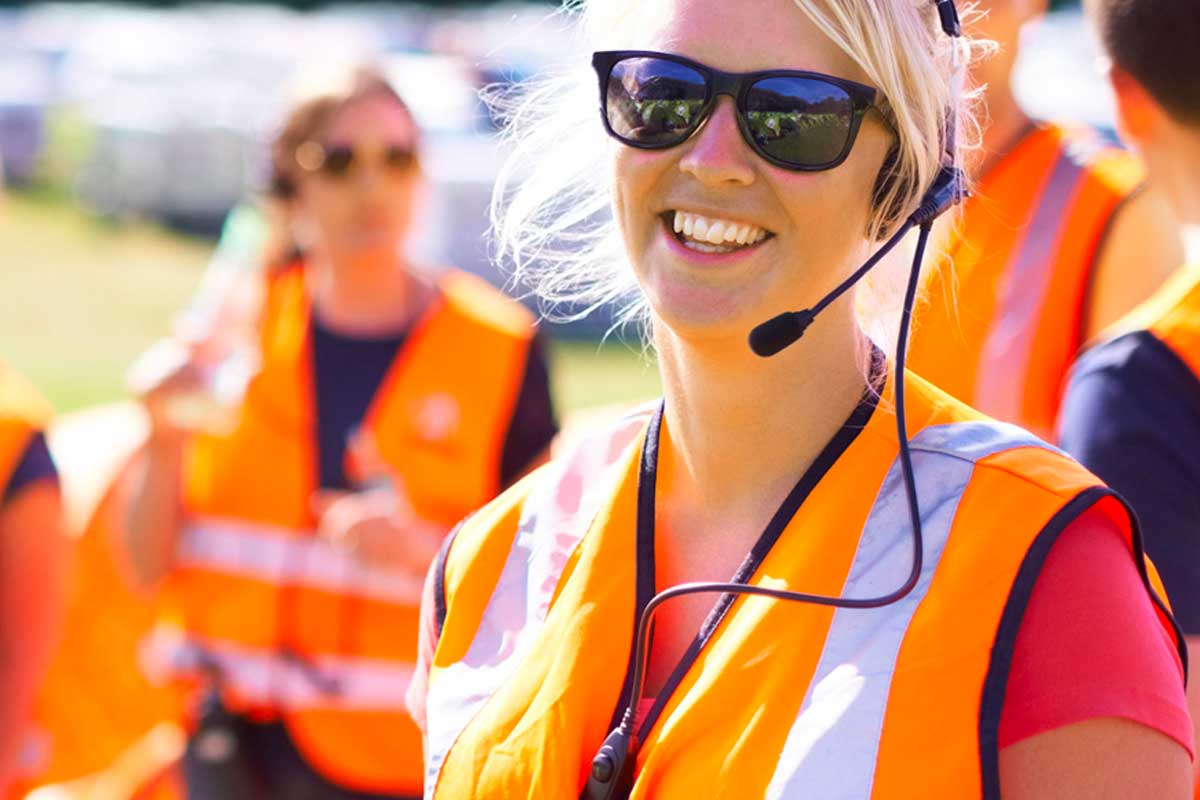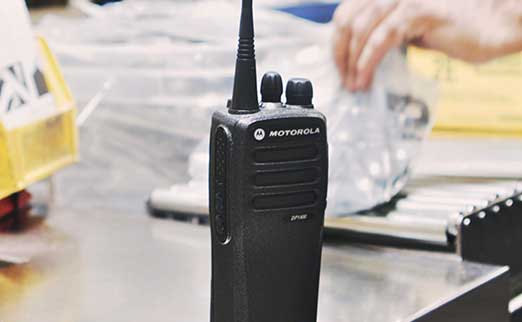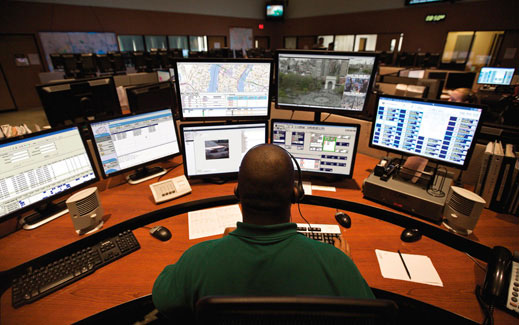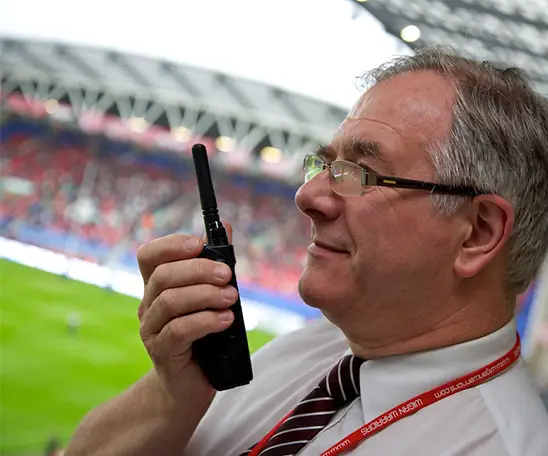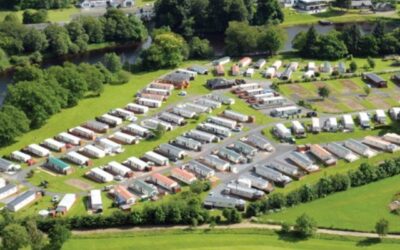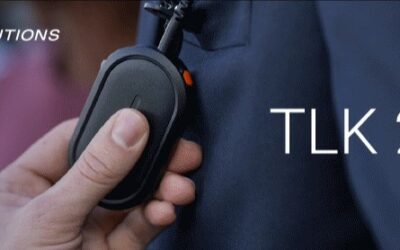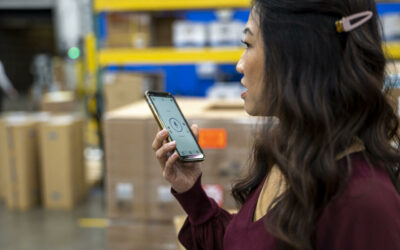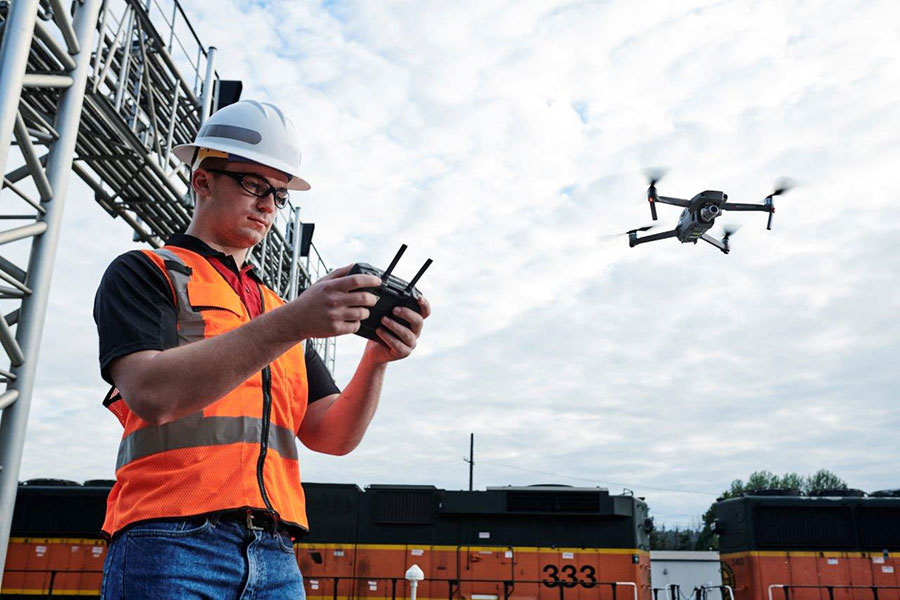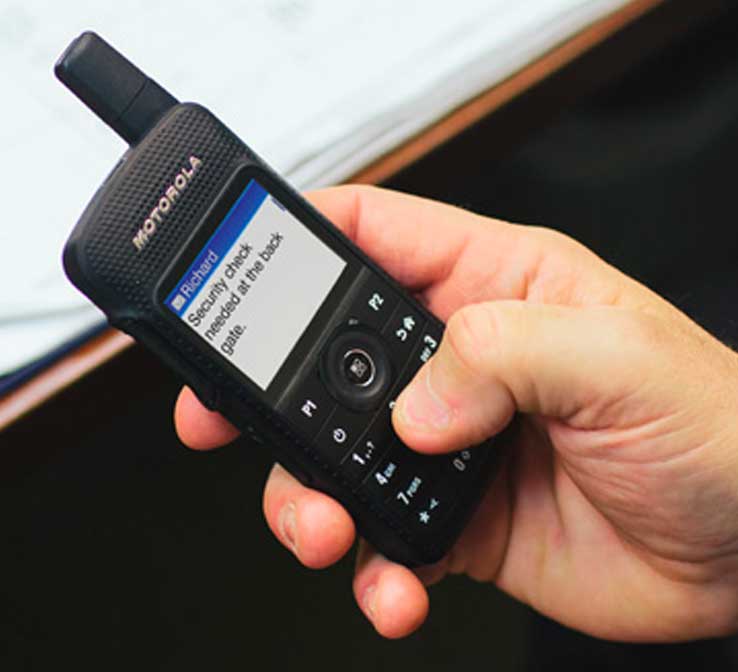In the busy environment of holiday parks, efficient communication is essential for smooth operations. Teams spread across wide-ranging grounds can often face challenges with coordination tasks, managing emergencies and providing the best possible customer service....
DCRS – Frequently Asked Questions
What is PMR446?
PMR446 (Personal Mobile Radio, 446 MHz) is a radio frequency part of the UHF range that is open without licensing for usage in most countries of the European Union. Depending on surrounding terrain range can vary from a few hundred meters (in a city) to a few kilometers (flat countryside).
The Range
The range of PMR446, is dependent on many factors like environment, your height above surrounding obstructions and to a very much lesser extent weather conditions. The antenna type and location, transmit power and receive sensitivity also affect range. However with PMR446 most of these variables are fixed at manufacturing to comply with the PMR446 specifications.
Range may be many kilometres e.g. from hilltop to hilltop, or only a few hundred meters if for example a hilltop or large metal construction are in the transmission path i.e. between radios.
What is PBR / PMR?
Professional Business Radio, also known as Private Mobile Radio (PMR) are radio communications systems which use portables, mobiles, base stations, and are sometimes based on such standards as MPT-1327.
Large sites with teams working in different areas means that communication cannot only be difficult but costly. Communicate around town, between sites, or with a team working throughout a region with a great range or enhanced security and safety features.
Licenses are required to operate this equipment. After the licence has been paid for there is no cost for the transmissions that are made, individual calls are not charged for.If we haven’t detailed a product or, solution that you are searching for we will endeavour to source it for you through our vast number of contacts in the communications industry. Simply email us at sales@dcrs.co.uk with your enquiry.
What is an OFCOM radio licence ?
If you are using a licensed two-way radio system you will require an OFCOM radio licence. These are radios that operate outside of the 446.0 – 446.1Mhx frequency band.
You can either choose to apply for an OFCOM radio licence by yourself or DCRS can assist you with it.
You are able to apply for and issue the following licence types immediately online by logging into the Online Licensing System.
- Simple Site
- Simple UK
- Suppliers Light
You are able to apply for the following types of licences using the online application form.
- Technically Assigned
- Area Defined
What is DMR?
Digital Mobile Radio (DMR) is a new European standard, produced by ETSI, defining a direct digital replacement for analogue PMR. The PMR/DMR markets can be roughly divided into three broad categories. DMR has the capability to serve them all:
• Consumer and short-range industrial
• Professional / Business-Critical applications
• Public Safety / Mission-Critical applications
DMR is a scalable system that can be used in unlicensed mode (in a 446.1 to 446.2 MHz band), and in licensed mode, subject to national frequency planning. It is developed in three ‘tiers’:
• Tier 1 is the low-cost, licence-exempt ‘digital PMR446’
• Tier 2 is for the professional market offering peer-to-peer mode and repeater mode (licensed)
• Tier 3 is for trunked operation (licensed)
The technology promises improved range, higher data rates, more efficient use of spectrum, and improved battery. Significantly, DMR has been designed to fit into existing licensed PMR bands, meaning that there is no need for rebanding or relicensing, thus aiding the transition from analogue to digital. The new standard imposes no fundamental changes in the architecture of either conventional or trunked systems – the focus is on a change in the over-the-air protocol that will facilitate the use of applications that are beyond the capability of analogue schemes.
Features supported include fast call set-up, calls to groups and individuals, short data and packet data calls. The communications modes include individual calls, group calls, broadcast calls and, of course, a direct communication mode among the mobiles. Other important DMR functions such as emergency calls, priority calls, full duplex communications, short data messages and IP-packet data transmissions are supported.
What is Trunked Radio?
A trunked radio system is a complex type of computer-controlled radio system. Trunked systems use a few channels (the actual frequencies), and can have virtually unlimited talkgroups. The control channel computer sends packets of data to enable one talkgroup to talk together, regardless of frequency. The primary purpose of this type of system is efficiency; many people can carry many conversations over only a few distinct frequencies.
Advantages of Trunking
Trunked radio takes advantage of the probability that in any given number of user units, not everyone will need channel access at the same time. Therefore with a given number of users, fewer discrete radio channels are required. From another perspective, with a given number of radio channels, a much greater number of user groups can be accommodated. In the example of the police department, this additional capacity could then be used to assign individual talk groups to specialised investigative, traffic control, or special-events groups who might otherwise not have the benefit of individual private communications.
To the user, a trunking radio looks just like an “ordinary” radio: there is a “channel switch” for the user to select the “channel” that they want to use. In reality though, the “Channel switch” is NOT switching channels at all: when changed, it refers to an internal software program which causes a talkgroup affiliation to be broadcast on the control channel. This identifies the specific radio to the system controller as a member of a specific talkgroup, and that radio will then be included in any conversations involving that talkgroup.

